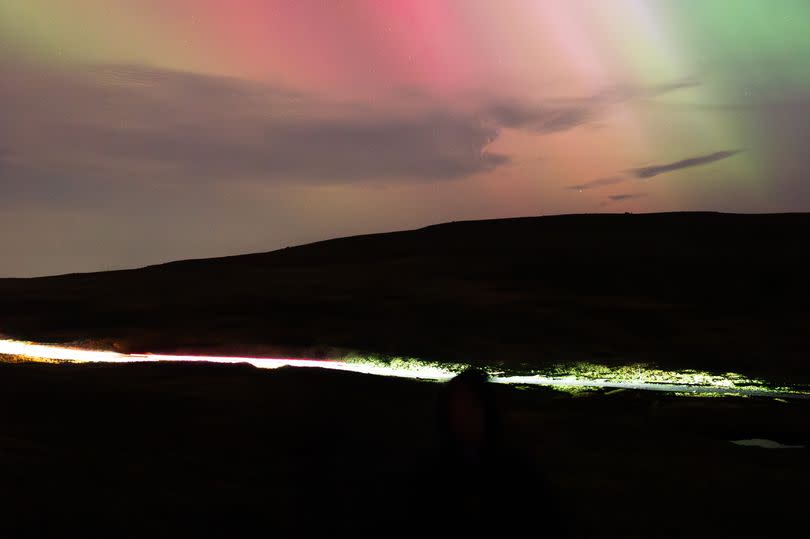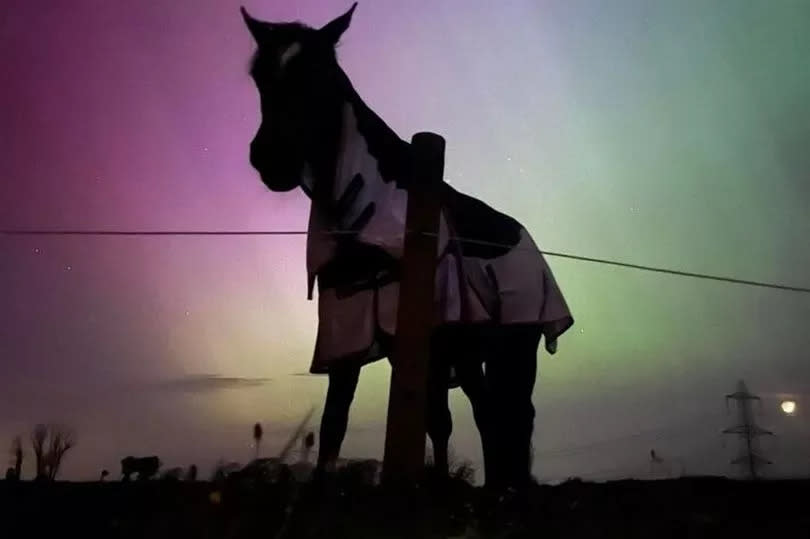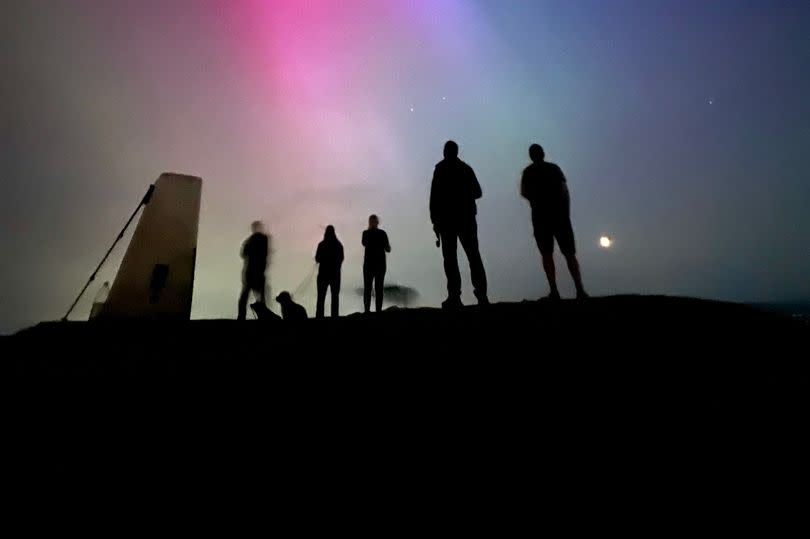Will the northern lights be visible in UK on Saturday night, May 11, 2024

The Northern Lights stunned most of the UK overnight thanks to an “extreme” geomagnetic storm. Delighted people from Wales, Whitley Bay on the north east coast, Essex, Cambridgeshire and Wokingham in Berkshire all have been sharing pictures of the amazing display overnight.
The stunning phenomenon was captured in large parts of Wales with people catching a glimpse of the rare skies from Cardiff to Cardigan. In some areas dozens of people gathered to catch a glimpse of the lights which appeared from around 11.30pm on Friday, May 10.
They were also spotted in Suffolk, Kent, Hampshire and Liverpool. But the big question for those who missed it is - could they still be seen tonight (Saturday May 11)? ITV News meteorologist and weather presenter Chris Page said it is possible the Northern Lights will be visible this evening across the UK and Wales.
“Activity is expected to slowly decline, however there is a good chance (cloud permitting) you’ll be able to see it again tonight,” he said. Met Office spokesperson Stephen Dixon said the conditions that allowed the Northern Lights to appear on Friday night could be replicated on Saturday, but that the exact locations were still unknown.

“We still have to work out some details on where exactly that will be,” Mr Dixon said. The combination of clear skies and enhanced activity from the sun reaching Earth would improve the chances of seeing the display, he added.
Chris Snell, a meteorologist at the Met Office, advised those hoping to see the lights on Saturday to head to an area with low light pollution and to use a good camera, adding: “The best chance you have of seeing the lights is if you are away from street lights and areas with lots of light pollution, as any type of light does have a big effect.”
“Also, at this time of year, we are fighting the shorter length of nights, so it is unlikely that they will be visible until around 10.30pm or 11 o’clock when it gets really dark.”
The best time to spot the Northern Lights tends to be between 10pm and 2am. Last night’s sightings have reached as far as Ireland, with the Irish weather service Met Eireann posting images of the lights in Dublin and at Shannon Airport in Co Clare.

Kathleen Cunnea, in Great Horkesley, Essex, said: “It was absolutely stunning to see.” The visibility of the Northern Lights was increased on Friday because of an “extreme” geomagnetic storm, according to the US National Oceanic and Atmospheric Administration (NOAA).
The NOAA said the G5 geomagnetic storm, which is considered extreme and is the strongest level of geomagnetic storm, hit earth on Thursday and could affect communications, GPS and power grids. The cause of this storm is a “large, complex” sunspot cluster and is 17 times the diameter of earth, with the last storm with a G5 rating hitting earth in October 2003, causing power outages in Sweden.
Aurora displays occur when charged particles collide with gases in the Earth’s atmosphere around the magnetic poles. In the northern hemisphere, most of this activity takes place within a band known as the aurora oval, covering latitudes between 60 and 75 degrees.
When activity is strong, this expands to cover a greater area – which explains why displays can be occasionally seen as far south as the UK.

 Yahoo News
Yahoo News 
